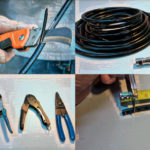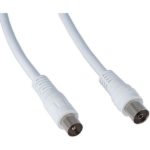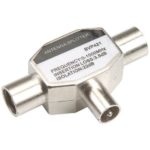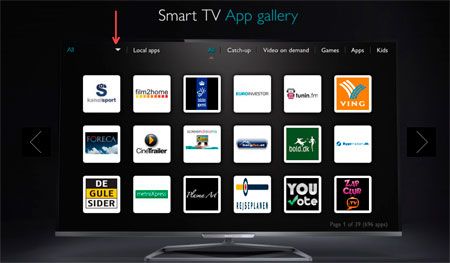How to extend the antenna cable for a TV
 Currently, when carrying out repairs, it is customary to lay not only power electrical cables inside the walls in advance, but also low-current networks (television, Internet, alarm, etc.). This ensures an aesthetic appearance of the interior and reduces the risk of damage to networks during operation. However, if it is necessary to move the TV to another location or in case of damage to open areas, it becomes necessary to extend the existing cable line or completely replace it. Which, in most cases, is quite problematic.
Currently, when carrying out repairs, it is customary to lay not only power electrical cables inside the walls in advance, but also low-current networks (television, Internet, alarm, etc.). This ensures an aesthetic appearance of the interior and reduces the risk of damage to networks during operation. However, if it is necessary to move the TV to another location or in case of damage to open areas, it becomes necessary to extend the existing cable line or completely replace it. Which, in most cases, is quite problematic.
The content of the article
What is needed to extend the antenna cable
Ideally, the signal cable should be laid in one piece without breaks or connections to ensure:
- minimum active and inductive resistance of the transmission line;
- uniformity of wave resistance along the length;
- continuity of the screen, for protection against electromagnetic fields.
As practice shows, lossless connections are not possible with HDMI cables designed to transmit signals in Ultra HD format. A high-quality connection of sections of a coaxial antenna cable cannot negatively affect the level of the received TV signal.
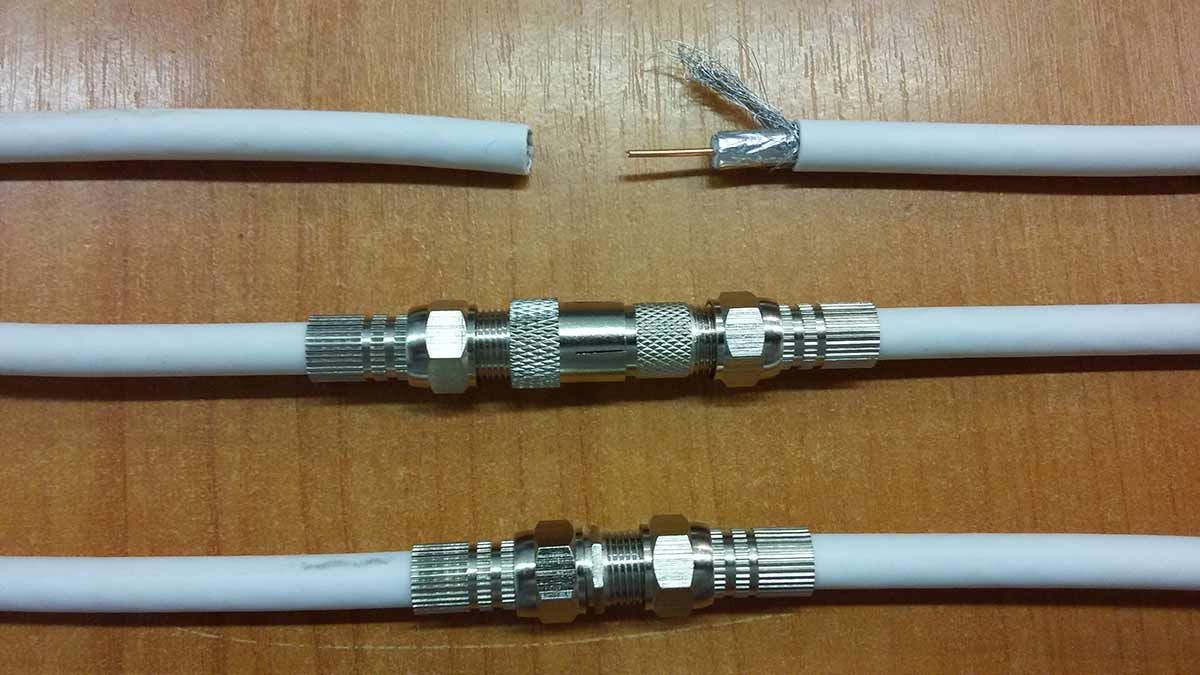
The list of necessary materials and tools for joining will depend on the chosen connection method. And it will be described in detail when considering each method separately. However, no matter what option you choose, you will definitely need an additional piece of cable of the required length.
If you go to a specialized store, you will come across at least 5–10 types of cable, significantly different from each other. The sales consultant will tell you about the product presented and advise you on the best option, but you need not just a piece of high-quality wire, but a piece of cable with the most similar characteristics to the existing one.
IMPORTANT! The best result will be obtained by connecting sections of the same cable.
Therefore, before going to the store, carefully study and write down the markings on the piece you have, or even better if you can cut off and take a small piece with you for a sample.
How to extend a TV antenna cable
Let's look at the main ways to extend the antenna wire in more detail.
By twisting
Twisting is the simplest connection method that does not require any additional devices, special tools or skills. At the same time, lengthening by twisting is the most unreliable and unaesthetic of all possible. The contact at the twisting site oxidizes over time, which leads to a significant loss of TV signal quality. This method should be used only as a temporary measure, if it is currently impossible to lengthen the line in a better way.
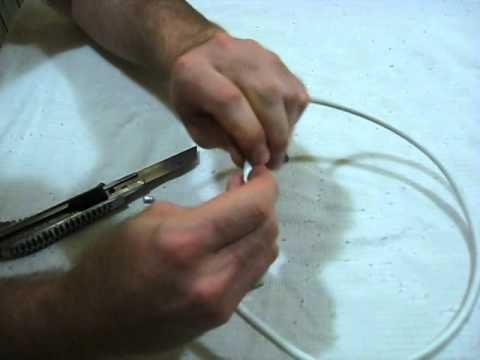
To connect by twisting you need:
- remove the outer insulation by 4–5 cm and, without damaging the braid, move it to the side;
- remove the internal insulation, exposing the central core by 2–3 cm;
- tightly twist the central cores of the cable together and insulate them with electrical tape;
- Twist the cable shields and securely insulate the connection.
IMPORTANT! It is necessary to exclude the possibility of contact between the central core and the screen.
Via splitter
A splitter is a special switching device that provides branching of a TV signal. A connection via a splitter is used when there is a need not only to extend the cable, but also to make an additional branch to another TV.
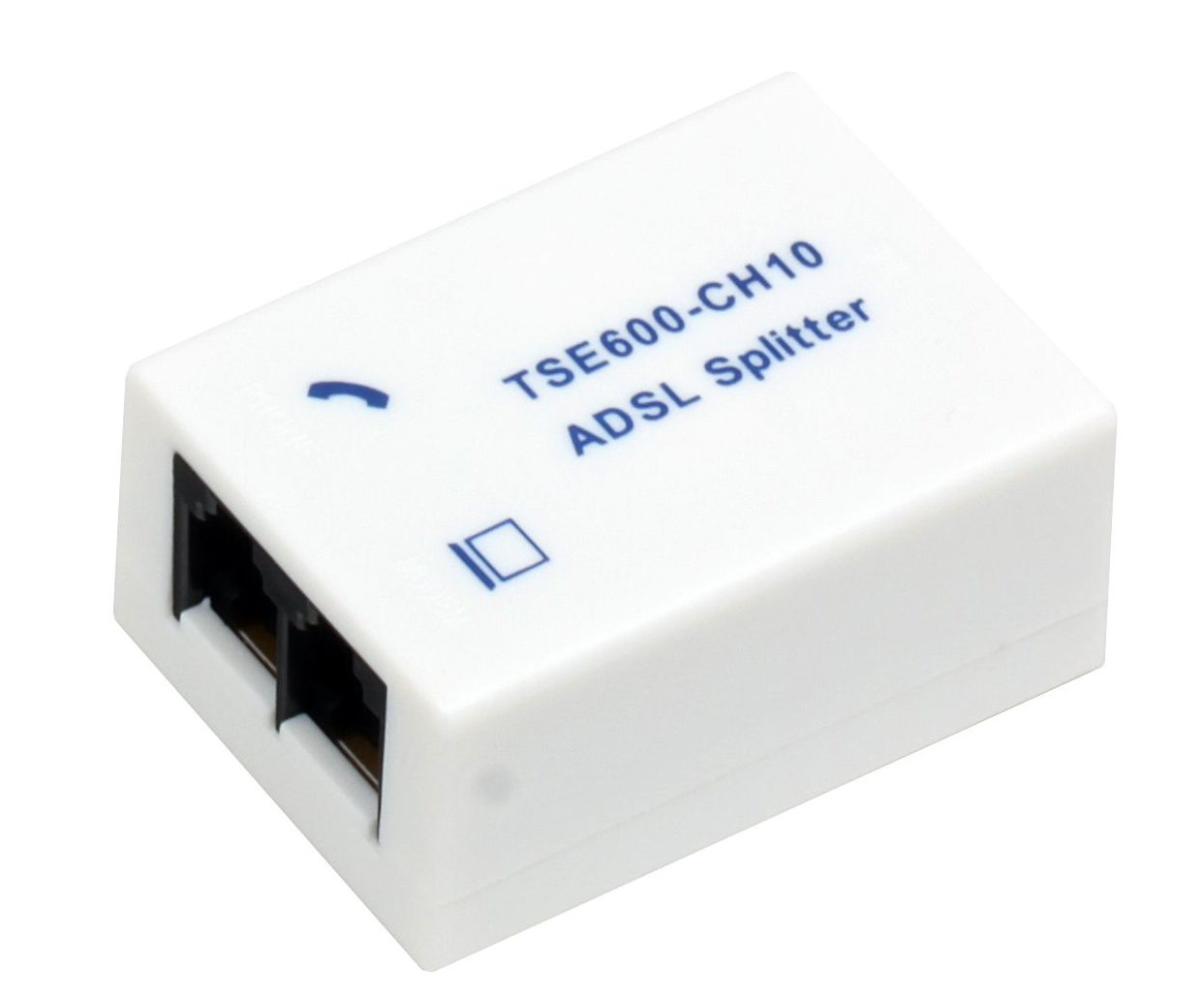
To use this method, you will need the splitter itself and, depending on its model, F-connectors or TV plugs. Pay attention to the device labeling. The splitter has one input for the wire coming from the antenna - designated IN (INPUT) and several equivalent outputs to which TVs are connected.
The main thing when using this method is to correctly cut the ends of the antenna cable and install connectors on them, for which you need to:
- remove the outer insulation by 2–3 cm and, without damaging the braid, move the braid in the opposite direction (turn it out);
- step back 2–3 mm from the edge of the braid and remove the internal insulation, exposing the central core;
- tightly screw the F-connector onto the cable (if the connector is not held tightly, it is worth additionally wrapping the connection point with regular foil);
- trim the central core so that it protrudes beyond the end of the connector no more than 0.5 cm;
- similarly cut the other end;
- connect the cables to the splitter, observing the markings of the inputs and outputs.
Through an adapter
Connection via an adapter is the simplest and highest quality connection method when you simply need to extend an existing line. The order of operations differs little from the previous method.
To connect a cable through an adapter, you need the adapter itself and two F-connectors. The procedure is as follows:
- install F-connectors at the ends of the antenna cable (see previous method);
- connect the line segments by connecting the F-connector and the adapter.
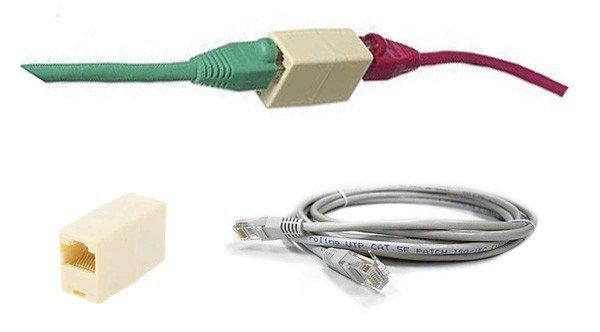
By soldering
Another common method of connecting wires is soldering. Soldering is a cheap, highly reliable permanent connection that does not require additional equipment. However, it requires soldering accessories and minimal skill in working with them, so it is not suitable for everyone. To connect wires using this method, first the same operations are carried out as when connecting cables by twisting and then soldering them.
In the article we looked at the most common methods of connecting wires, from which you can determine the most suitable one for you in a given situation. The most reliable and high-quality connection can be achieved using a splitter or adapter.

